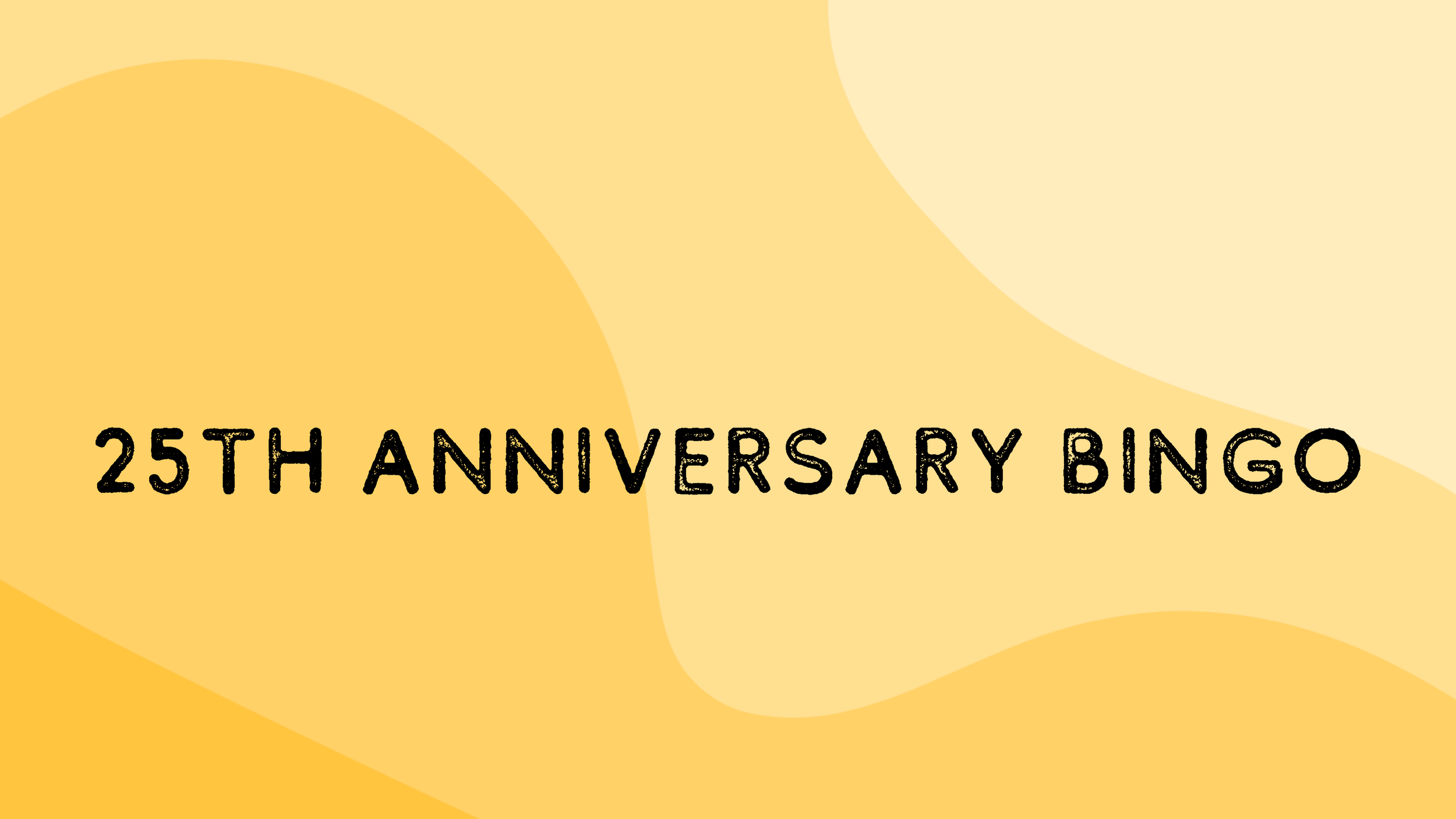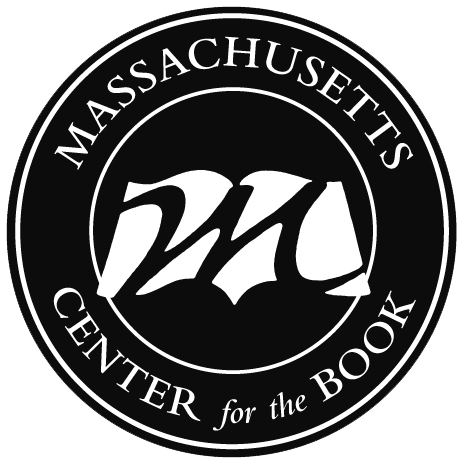
HELP US CELEBRATE 25 YEARS
Mass Center for the Book is turning twenty five in 2025! Help us kick off our anniversary celebration by exploring Massachusetts’ best literary landmarks, events, bookstores, libraries, and more.
Check off five boxes in a row (running vertically, horizontally, or diagonally), log all of your entries once you’ve completed your full Bingo, and you’ll receive a special MCB anniversary tote (*while supplies last). If you complete all twenty-five boxes on the card, you’ll be entered to win a bookish getaway to the Berkshires.
Bingo starts on January 1, 2025.
How it works:
Complete five squares in a row (vertical, horizontal, or diagonal—you choose!), log your entries, and you’ll earn a free MCB Anniversary Tote.
Overachievers: complete all twenty-five squares and you’ll be entered to win a bookish getaway to the Berkshires, complete with a $200 gift certificate to the Hotel on North and tickets to The Mount and Arrowhead to geek out at the historic homes of famed Massachusetts authors Edith Wharton and Herman Melville.
After you’ve concluded your MCB Anniversary Bingo adventures, fill out this form and tell us about all that you’ve seen and done. Once we’ve verified your eligibility, we’ll ship out your complimentary tote bag!
Guidelines
MCB 25th Anniversary Bingo is open to Massachusetts residents.
Participants are required to complete an electronic form logging the activities that they’ve completed. (If the form is incomplete and the appropriate number of activities are not documented, the entrant will be disqualified). Activities need to be completed within the 2025 calendar year.
Anniversary totes will be shipped to the address participants provide via US Mail.
Tote bag supplies are limited and we reserve the right to discontinue this program at any time.
A random drawing will be conducted in January 2026 to select the winner of the Berkshires getaway. Participants who have successfully completed all twenty-five challenges on the Anniversary Bingo card will be entered to win.

